Sanlam’s recent capital markets day may be one way to shake off this year’s investor lethargy towards the company. For a firm big in South Africa, North Africa and India, it sure has attracted very little of the capital now storming into emerging markets worldwide. Currency spoke to CEO Paul Hanratty.
You said in the capital markets day that you think Sanlam is a “quality growth stock” – yet your shares, frustratingly, have gone nowhere this year. What do you make of that, especially in light of an emerging-markets rebound?
I don’t know really, [but] our share price ran very hard ahead of everybody else’s in 2024 so I guess there’s been a bit of catching up and rotation. I think one of the big problems we have in South Africa – and not just Sanlam, but everybody – is that if you’re a domestic stock, new cash flow for fresh investment is very limited. There are only two private sector fund managers who’ve consistently produced positive new cash flow and that’s Ninety One and Sanlam; everyone else is in outflow – permanently.
I was having a conversation with a friend who runs another company who was bemoaning the lack of investor interest and I said the problem is: if we put R1 into your stock, it means we have to take R1 out of Standard Bank or whatever – it’s a rotational thing. So you need the foreigners to come. And most of us with big domestic businesses, there’s a very negative global investor sentiment still about South Africa. We need to turn the tide on that; it’s a really big issue.
At the same time, emerging-market investors tend to be generalists – they’re not specialists. And insurance is seen as quite opaque and difficult to navigate. And with stocks you need some sort of catalyst to get them moving.
We’re also quite dependent on a very limited number of local analysts and they say: “Gee, you guys have done a lot of transactions, we find it hard to forecast you, etc.” So that’s probably been an issue. It is disappointing and I’ve been wracking my brain as to why we have this situation but like all things, things will change.
Could one catalyst be South Africa coming off the greylist?
That will help. But it’s quite tight, that call.
You upped your dividend growth guidance, to CPI plus 4%, but it’s lower than your earnings target. Is that something people may grumble over, or would they rather you grow than spit out cash?
Look, you get different investors, but the reason we flagged this is that, particularly in Europe, insurers would tend to have a fixed payout ratio so their dividends would grow in line with earnings, and that’s because they’re all sitting in mature markets. As we invest more into India and Africa, those markets tend to grow more quickly and tend to be more capital intensive. I think people are okay with it, because you come back to the point that we are a growth stock.
So, is India critical in that regard? The numbers are completely bewitching. You’ve said the market for Shriram (in which Sanlam has a 51% stake) is 900-million people in rural India. But is there a risk that we just get bowled over by the big numbers and the actual outcomes are less dazzling?
No, the opportunity is incredible. By 2050 this is going to be the second-biggest economy on earth, right, and I’ve been going there for 25 years and you can see living standards have risen.
The thing that’s much more scary about India is that it’s a very cut-throat place to do business; your competitors are all trying to outwit you and outgrow you, so they’ll be perfectly happy to cut prices to do it. The one good thing about South Africa, like Canada or Australia, is that we tend to have oligopolies; maybe competition authorities wouldn’t like [that], but margins remain sensible. But in India it’s a dog-eat-dog place.
The beauty of our business there is that we’ve managed to operate with a competitive moat that people just cannot replicate. Because we’ve gone for the bottom end of the market and small ticket sizes, none of the big guys can ever compete with us – they just cannot make one cent of profit.
What’s a classic type of thing you’d insure? Or lend against, via Shriram?
The starting point of our business with Shriram is actually credit. So we give credit to what we call first-generation entrepreneurs. It’s a typical guy working for a trucking company, say, and he says: actually I’d like to do this for myself. So we finance him to buy his truck. But before we finance you, the person in our lending branch making the lending decision must have known you for a minimum of six years. Then, we will finance a second-hand vehicle. The banks will only finance a new one. But our guys get in and do a full survey and drive the vehicle for a minimum of 40km before they’re happy the vehicle is worth what they’re going to lend. And they look through the guy’s business plan so you start with a high level of intimacy. If you’re a big bank operating out of Delhi, you’re not able to do that. And then our cost structures are very, very low. If you come into the Shriram world, there are no chrome and glass and marble offices. There are 4,500 branches and 120,000 agents. And it’s by doing that stuff you make it very hard for anyone else to enter.
Even the funding of the book: government policy in India massively favours rural and poor people . So the big banks have to have a certain proportion of their assets attributable to loans in the bottom end of the market – and they can’t achieve that. So what do they do: lend the money cheaply to Shriram to fund their back to earn their points; it’s like the equivalent of BEE points in South Africa. So Shriram’s funding is cheaper than a big bank and their cost base is lower and they’re able to do what the banks can’t.
If you had to look 10 years out, what will the composition of Sanlam’s earnings be?
We know if we do no more M&A and just project forward, eventually India will become a very significant part of the earnings, as will our African business. And if you look far enough forward we could be an Indian-dominated company.
But going to South Africa, where growth is much tougher, we wondered what effect the enormous gambling surge is having on a business like Sanlam? Are you worried about its effect on insurance companies where insurance is a grudge purchase?
Unfortunately you’re speaking to the wrong person because I absolutely loathe and detest that industry because I know for a fact that it’s not people like me utilising its services. You can argue it’s entertainment, but what is their contribution to society and the economy? It’s zero, other than making a handful of people uber-wealthy, because it sells hope to poor people. It goes without saying that I’m on the capitalist/free-market side of the spectrum, but I think this is a classic case of where regulation should prevail.
Indeed. But are you seeing an impact on the business?
100% we are – and I wouldn’t like to ascribe all our problems to gambling; that would be facile. But the savings rate in South Africa is too low, that’s the bottom line.
What worries me is that we are entirely dependent on foreign capital; we’re not looking after ourselves, and it’s a massive problem at an economic level and also for people that we’re not providing enough for retirement and kids’ education. We have to balance – like the Asians do – more towards savings, and less consumption.
The other big deal for Sanlam is the merger of your asset management business with Ninety One, and you taking a stake in Ninety One. Has the game completely changed for asset management? Is it do or die?
When I came to Sanlam there were quite a lot of things we wanted to be better at, and asset management was one of them. Remember, we take people’s money and we help them turn savings into investments so if you give them better returns it makes a massive difference.
The world of asset management has been changing for 20 years. If you look at the performance of listed asset managers, they’ve been one of the worst places you could put your money because active asset management has been in retreat everywhere. People either go into passives, which are very cheap, or into alternatives, which are expensive and have higher margins. And we’ve had those businesses but it was complicated by having our own active business inside – it was neither fish nor fowl – so now we can focus on the things that are the growing parts of the industry and leave it to Hendrik [Du Toit, Ninety One CEO] and his team for the active management.
This consolidation is happening everywhere. When we [first] thought about this we thought we were being quite clever, but we discovered we were joining a trend; the banks will show you deal after deal around the world …
I hope the bankers charged you a discount on their fees …
Well actually neither of us had advisers on the deal; and everyone was a bit bitter about [that], but Hendrik said to one of them: “Paul and I have been friends for 40 years, we don’t need any of you in the way.” (Laughs). So there weren’t any fees. We didn’t use any advisers on the Assupol deal either. We figured that we knew life insurance better than any of the bankers so why would they help us. The problem is the lawyers – you should see that.
I was wondering about your 30% stake in EasyEquities – in terms of inculcating an investment culture, do you regard that as a key asset?
Yes, we do. It’s a good asset with lots of potential. And certainly there’s often talk about whether we should further our ambitions in that regard and it’s certainly something we think about.
Top image: supplied.
Sign up to Currency’s weekly newsletters to receive your own bulletin of weekday news and weekend treats. Register here.



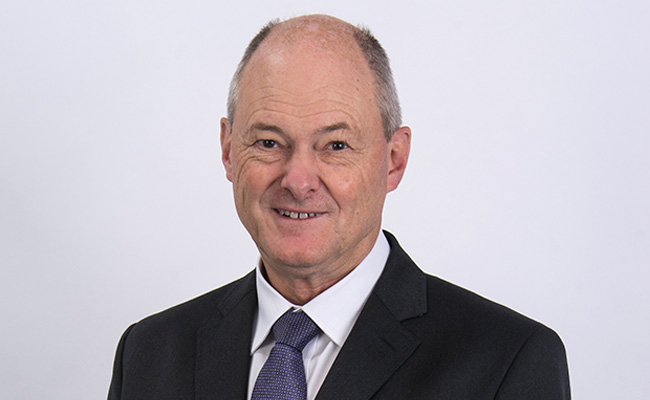
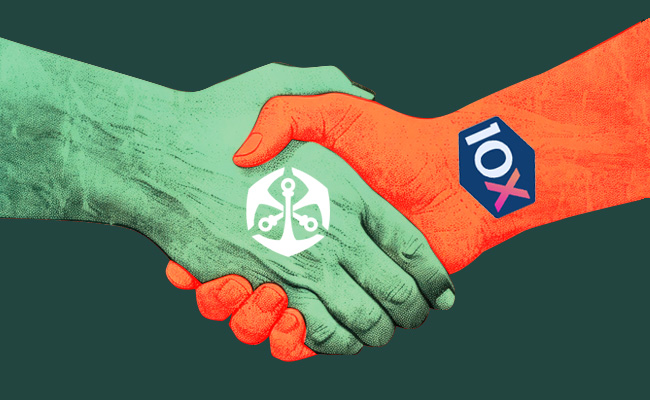
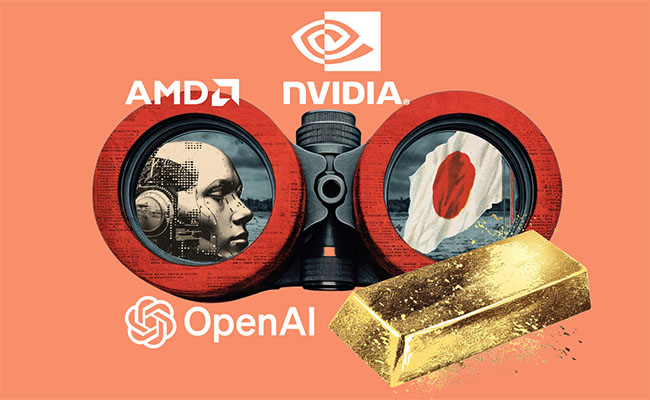
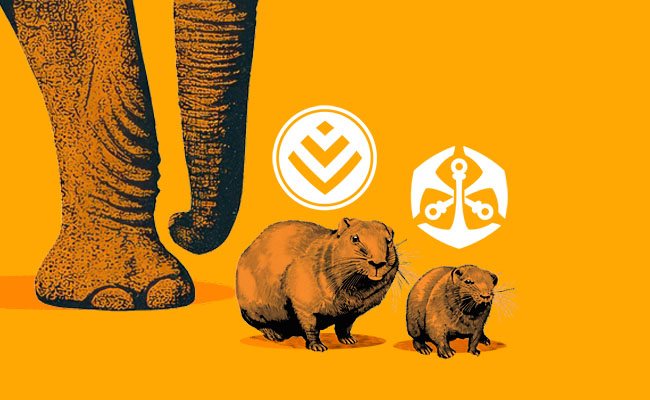




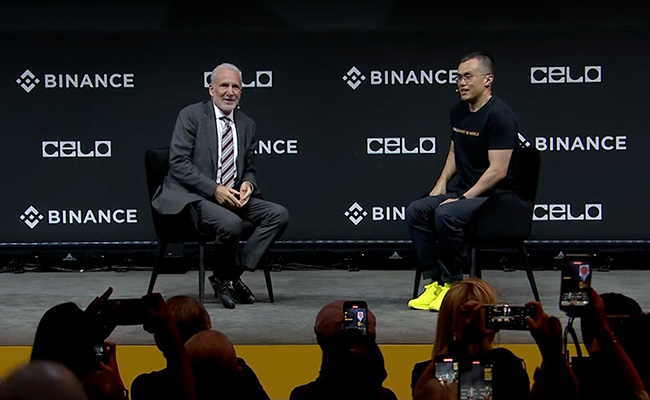



A very insightful perspective on the matter.